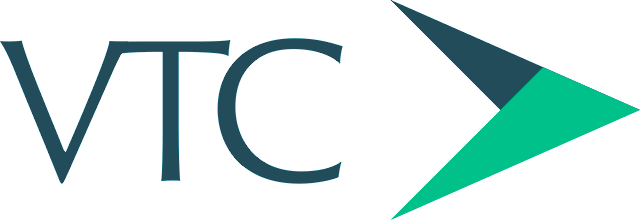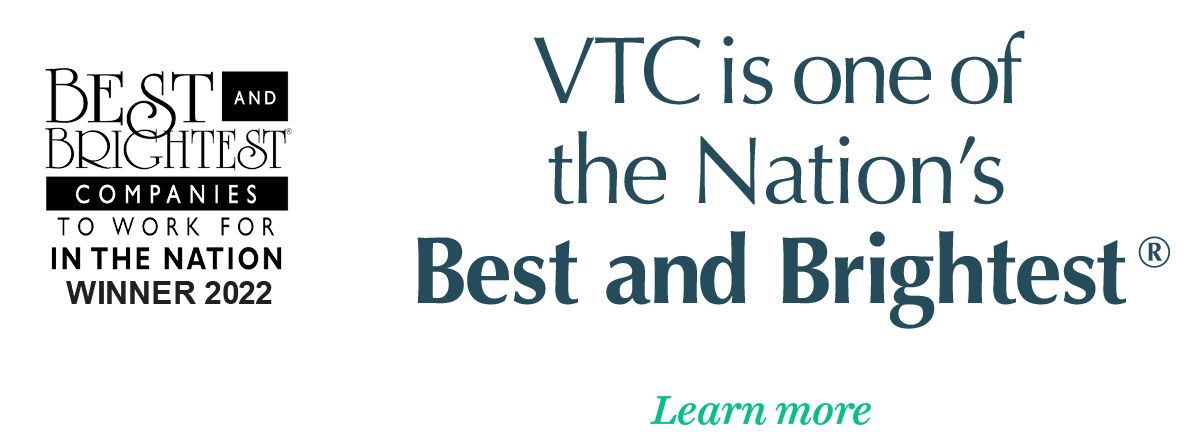
Construction Risk Insights
Vital Trends to Monitor in Today’s Construction Industry
Fluctuating consumer behaviors, material procurement difficulties, project delays, high interest rates and high inflation have created volatility and uncertainty across the construction industry in recent years.
Such trends have been vital to monitor, as doing so has helped industry employers create strategies to adjust and remain successful despite these uncertain circumstances. This adaptability has been demonstrated by how the industry has managed to promote economic growth despite recent volatility.
According to the U.S. Census Bureau, the construction sector experienced approximately $1.8 trillion in spending during the first 11 months of 2023, a 6.2% increase from the same period in 2022. Additionally, industry analysts from Deloitte anticipate funds from federal initiatives, such as the Infrastructure Investment and Jobs Act, the Creating Helpful Incentives to Produce Semiconductors Act and the Inflation Reduction Act, to boost construction in 2024 and beyond.
Nevertheless, construction businesses should monitor several industry trends that could impact the industry moving forward, including rising litigation costs, skilled labor shortages, increased sustainability efforts and technology advancements. Monitoring the latest sector developments and appropriately adjusting operations and risk management practices to respond to these shifts is crucial, as each has significant impacts on the success and public perception of a business. Best-in-class risk management is often necessary to address shifts in the construction industry that can affect several aspects of an operation, including profitability and attraction and retention efforts.
In this blog, we’ll explore construction industry trends to keep an eye on and offer strategies to navigate them.
Nuclear Verdicts and Rising Litigation Costs
Nuclear verdicts refer to particularly high jury awards – generally, those eclipsing $10 million. Such verdicts have become increasingly common in the past decade due to rising litigation funding, desensitization to large verdicts, changes in the legal environment and shifting public sentiment toward businesses
Amid growing corporate distrust, businesses have been expected to meet higher standards in their operations, and be held more accountable for their wrongdoings. Additionally, businesses frequently encounter juries that are sympathetic to plaintiffs. There’s also a rising perception that businesses can afford the cost of damages. This means juries are less likely to have reservations when awarding significant damages to plaintiffs, resulting in nuclear verdicts.
Nuclear verdicts can carry substantial consequences for construction businesses of all sizes, causing lasting reputational harm, posing underinsurance concerns and creating financial difficulties. That’s why it’s vital for businesses to better understand how to prevent them. Some strategies to consider include promoting and adhering to high safety standards, conducting regular safety education and training, properly vetting potential employees, providing ongoing supervision and utilizing technology such as telematics and dashcams to promote safe driving.
Labor Shortages
Labor shortages have been an issue across industry lines for the past few years and the construction sector has not been immune. As labor shortages continue, construction businesses may resort to hiring larger numbers of new or inexperienced employees. However, without proper safety education and skills training, these workers may contribute to increased job site accident and injury rates. Along with impacting employee health and well-being, these incidents can raise insurance claim frequency and severity, extend project delays and compound operational expenses.
This makes it vitally important for construction businesses to take steps to combat labor shortages, invest in measures to attract and retain sufficient and qualified employees, and build a strong culture of safety. These steps may include:
- Increasing outreach efforts at community events (e.g., high school job fairs and trade school forums) to encourage the next generation of construction workers
- Leveraging upskilling and reskilling initiatives to continue educating current workers and build their professional abilities
- Providing comprehensive and ongoing safety training to new and existing workers of all experience levels
- Offering more competitive wages and benefits
- Attracting former employees back to work through various incentives (e.g., flexible employment arrangements and career advancement opportunities)
It may also be beneficial for construction companies to explore underrepresented demographics to increase their talent pools, hire talent recruitment agencies to expand their searches and recruit workers with construction-ready skills from closely related sectors such as manufacturing and mining. Building and maintaining a positive company culture can also help businesses attract and retain employees.
Technological Advancements
Construction businesses of all sizes have utilized advanced technology – such as 3D printing, robotics, wearable safety sensors, GPS, drones, dash cameras, self-driving vehicles, telematics and the Internet of Things (IoT) – to help automate certain construction tasks, improve efficiency, productivity and safety, and reduce waste and expenses.
Another innovation construction businesses have been utilizing is Building Information Modeling software, which helps optimize designs and efficiently manage products. This technology can help improve communication, planning and predictability, and its capabilities will be enhanced as 3D printing and virtual and augmented reality technologies continue to improve.
Generative artificial intelligence (AI) also has several applications within the construction industry. Generative AI is a type of AI that uses data inputs and creates new content, such as text, images and audio, based on that information. It can be used to generate optimal plans, design more efficient buildings and enhance risk management programs through automated quality assurance. This technology can also help businesses swiftly respond to client requests and questions.
Despite these benefits, it’s important to note that technology use can also lead to elevated cyber exposure. For instance, PwC’s 2024 Global Digital Trust Insights Survey of 3,800 business and tech leaders from 71 countries found that businesses that had a data breach of more than $1 million increased from 27% to 36% year over year, and the global average cost of a cyber attack was $4.4 million.
Considering this information, it’s imperative for construction businesses that leverage technology to review their digital exposures and adjust (e.g., providing enhanced employee education and training on common cyberthreats and installing updated security software) as needed to mitigate possible cyber incidents. These companies should also consider securing dedicated cyber insurance for essential coverage from potential incidents and related losses.
VTC Insurance Group is Here to Help
By tracking these developments and mitigating any associated exposures, construction businesses can effectively position themselves to maintain long-term growth and operational success. To learn more about the emerging trends that impact today’s construction industry, talk to the construction risk management experts at VTC Insurance Group. You can reach us at 248.828.3377 or visit vtcins.com.
This blog is for informational purposes only and is not intended as legal advice.


